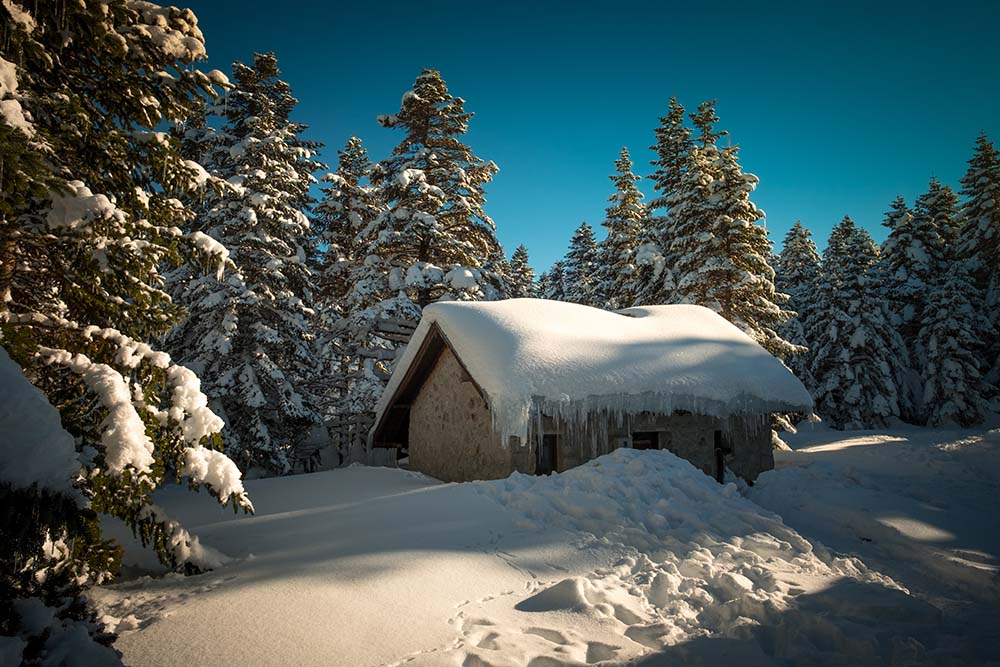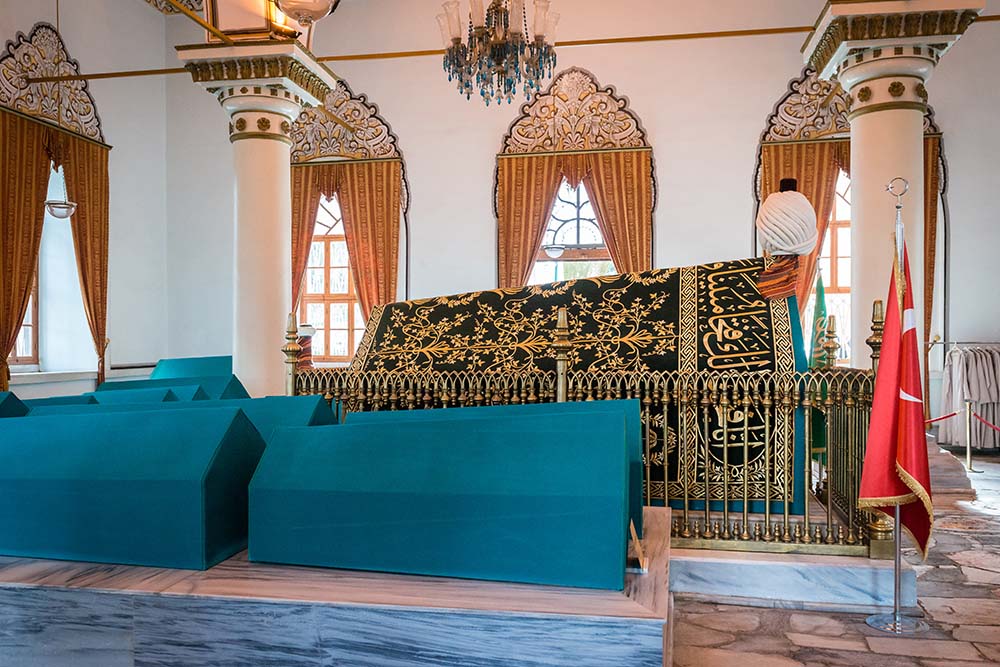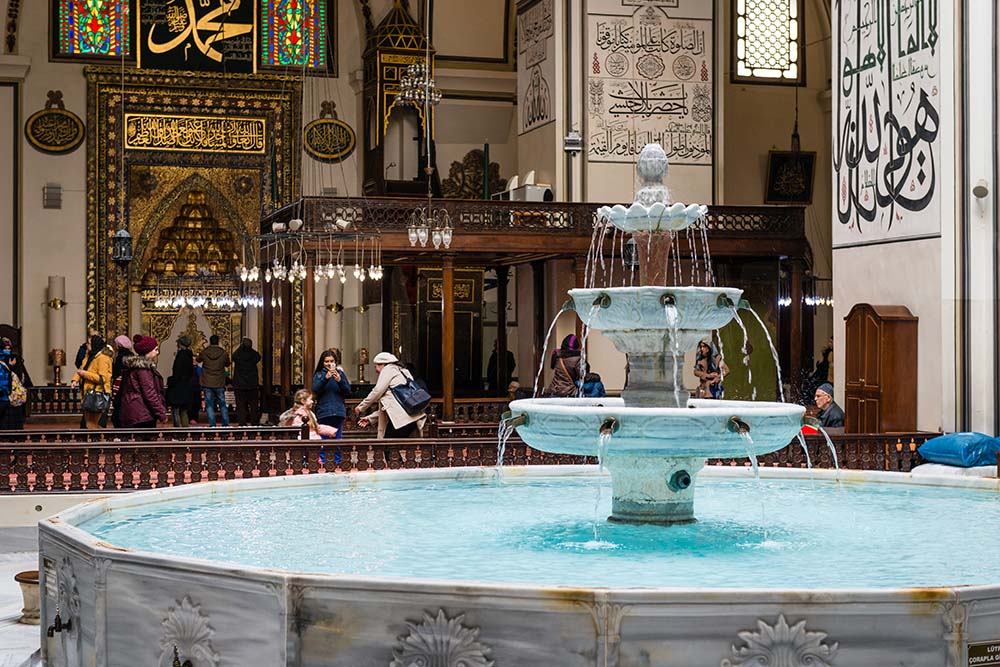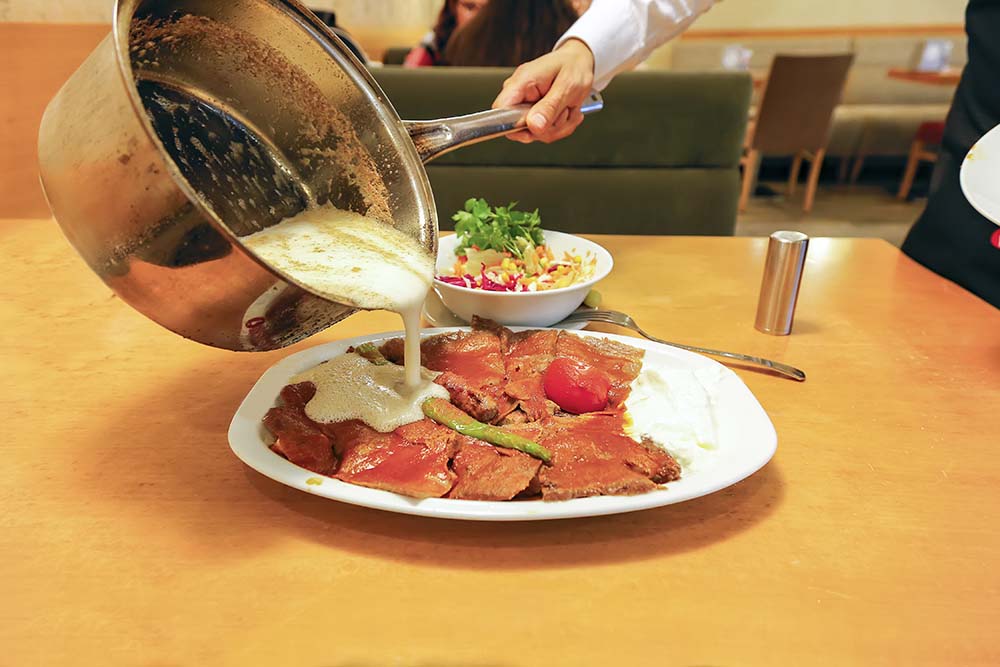Bursa has hosted many settlements since ancient times with its magnificent nature and its deeply rooted history. Excavations prove that civilizations based here even 7,000 years ago. This region witnessed the Phrygian, Byzantine, and Roman periods and came under the domination of the Seljuks and Ottomans. Bursa was the capital of the Ottoman Empire in 1326, after it was taken over from the Byzantines. Therefore, there still remains intense evidence of Ottoman culture. After the declaration of the Republic, the city became a province that continues to develop as a center of culture, industry, and agriculture. Apart from its greenery, natural riches, tourism possibilities, and healing waters, Bursa has maintained its architectural structures to the present day.
Bursa bordered on a coast by the Marmara Sea and it is close to Kocaeli, Yalova, Kütahya, and most importantly İstanbul. Bursa offers a mild climate and mountainous and rugged areas. The Samanlı Mountains and the Mudanya Mountains are the ranging chain of mountains here. Uludağ is the highest mountain of the region at 2,543 meters. It is preferred for skiing in winter months and offers a great holiday opportunity with many other activities and many ski resorts to choose from. People who want to camp or hike in the summer months also comes to Uludağ. Kirazlı Plateau, known for having many hotels, is great for skiing in the winter, while the Sarıalan area is preferred for picnics and camping in summer.

Uludağ is the highest mountain of the region at 2,543 meters.
There are two large lakes in Bursa: Lake Uluabat and Lake Iznik. The most important river is Nilüfer Stream. The Bursa Plain, Uludağ are fed from Nilüfer Stream and with water drifting down from other elevations; therefore, the cycle of nature supports the development of agriculture.
Cuisine
There is immense variety in Bursa cuisine. Some love the chestnut candy, of whose fame reaches well beyond the borders of the city, while others say the famous Iskender Kebab is the best option. The city’s breakfast cafes, restaurants, and lounges offer many tastes to make the gastronomical part of your visit unforgettable. There are also local dishes built into seasonal menus. Bursa’s specific foods are Kemalpaşa dessert, Mihaliç cheese, İnegöl meatballs, kesme hamur soup, sipsi, tutmaç and oğmaç soup, etli kereviz, kestaneli lahana dolması (cabbage roll with chestnut), ciğer sarma (liver wrap), damat paçası, cevizli lokum (walnut delight), dilber dudağı, and cennet künkü.

Mausoleum of Orhan Gazi.
Places to Visit
Bursa has developed in both tourism and industry so that every corner of the city offers a different sightseeing opportunity. Notably, the city has a total of 2,042 monumental structures that should be protected, plus 27 archaeological sites, 3 urban areas, and a natural preserved area. “Green Bursa” is a nickname that comes from its green areas, wetlands, and hot springs. If you come to visit the historical inns and baths of Bursa, you can take the Koza Inn up to the top, and enjoy a cup of tea and take a rest under the cool shade of trees. You will also find shops where you can buy souvenirs made from Bursa silk. This inn is a two-storey building with a rectangular shape and a large courtyard bordering it. History dates it to Sultan Beyazid II. The Inn was built by Abdül Ula bin Pulat Shah, one of the best architects of the time, in 1491.
The Ulu Mosque, which is next to Koza Inn, is also an important structure in Bursa. It fills people with eternal spirituality and offers wonderful scenery, while still being open for worship. Between 1396 and 1399, it was built by the architect of the period, Ali Meccar, under the patronage of Yıldırım Bayezid. Visiting here can make you feel like you are in a different world. Another building in Bursa is the Green Mosque (Yeşil Camii) and the Green Tomb (Yeşil Türbe); called “green” because of the color that turns from turquoise to blue. These structures are under the shadows of centenarian trees that have a mystical atmosphere. The Green Tomb was built in 1421 by Hacı İvaz Pasha by the patronage of Sultan Mehmet Çelebi. Bursa has one of the oldest wooden mosques of Turkey, Elmalı Mosque, in İznik district.
Cumalıkızık, which is a preserved Ottoman village, is in UNESCO World Heritage List.

Ulu Mosque
The fortified walls in Tophane were begun during the Roman Empire. Then building continued during the Byzantine era. These structures were strengthened and completed by Orhan Gazi after the Ottomans conquered Bursa. Today, the upper part of the walls is in the Tophane district of Bursa. If you want a bird’s-eye view of Bursa, choose this district to visit. The martyrdom of Tophane, which also contains the tomb of Osman Gazi, is a good option for those who want to see it in its historical location.
Çekirge district is another place that has managed to protect Ottoman architecture for exactly seven centuries. Rumor has it that the district was invaded by grasshoppers during the Ottoman period, which is where the nickname “Çekirge” (grasshopper) originated. There are also Murat I Mosque and Murat I Tomb in Çekirge, which have thermal springs that serve the houses in this neighborhood.

Famous İskender kebab
How to Get There
Being an industrial city in the south of Marmara Sea, Bursa is well connected with highways and bus network. You can also reach Bursa with ferries from Istanbul.
